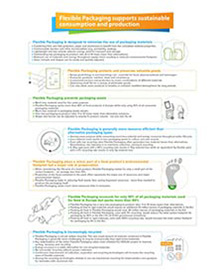The European strategic high level initiatives
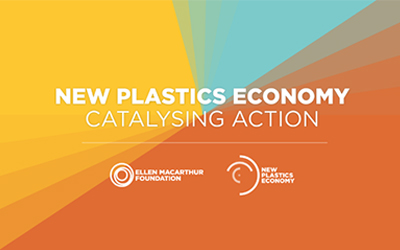
Ellen MacArthur Foundation
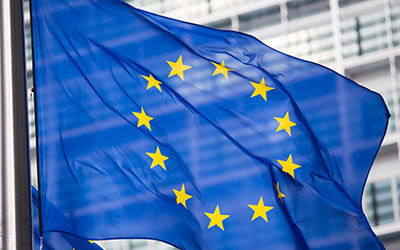
European Commission

Polyolefins Circular Economy Platform
The perception of flexible packaging
Debunking some myths
| The Perception | The Reality |
|---|---|
| Flexible packaging is unnecessary waste | Before it is waste, flexible packaging plays an essential role as it protects food throughout the supply chain and enables a proper and safe delivery to the end-consumer |
| Flexible Packaging cannot be recycled | Flexible packaging is increasingly recycled, especially in countries where it is collected |
| Flexible packaging is not relevant in a circular economy as it is assumed that it is not recyclable | Flexible packaging adds value in a circular economy through very efficient use of materials and energy resources. If on top of that it is collected and recycled, this increases its resource efficiency even further |
| The environmental impact of the packaged food is mostly due to the packaging | The environmental impact of flexible packaging is typically 5 to 10 times less than the food it protects* |
| Flexible packaging is a cause of land and marine litter | When flexible packaging is not collected, there is a risk that it might leak into nature. Collection of flexible packaging waste can significantly reduce the risk of it becoming land and marine litter |
| Flexible packaging is a waste of resources | With flexible packaging, customized barrier protection and appropriate portioning reduces the risk of food waste thus saving many resources |
* See https://www.flexpack-europe.org/key-sustainability-facts
| The Perception |
|---|
|
Flexible packaging is unnecessary waste Flexible Packaging cannot be recycled Flexible packaging is not relevant in a circular economy as it is assumed that it is not recyclable The environmental impact of the packaged food is mostly due to the packaging Flexible packaging is a cause of land and marine litter Flexible packaging is a waste of resource |
| The Reality |
|
Before it is waste, flexible packaging plays an essential role as it protects food throughout the supply chain and enables a proper and safe delivery to the end-consumer Flexible packaging is increasingly recycled, especially in countries where it is collected Flexible packaging adds value in a circular economy through very efficient use of materials and energy resources. If on top of that it is collected and recycled, this increases its resource efficiency even further The environmental impact of flexible packaging is typically 5 to 10 times less than the food it protects * When flexible packaging is not collected, there is a risk that it might leak into nature. Collection of flexible packaging waste can significantly reduce the risk of it becoming land and marine litter With flexible packaging, customized barrier protection and appropriate portioning reduces the risk of food waste thus saving many resources |
* See https://www.flexpack-europe.org/key-sustainability-facts
End of Life challenges
While highly resource efficient, flexible packaging is generally showing a lower recycling performance than other packaging.

Collection
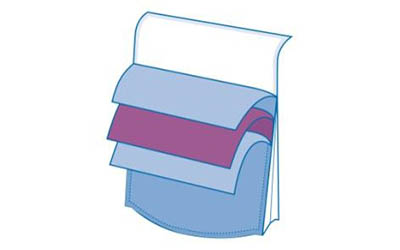
Technical
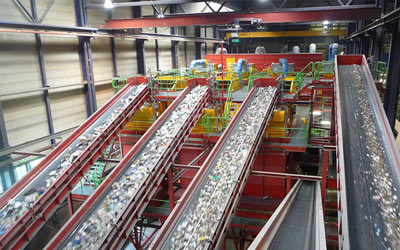
Infrastructure
It is easier and costs less to meet the targets with heavier packaging formats.
CEFLEX is working to deliver solutions in the above areas to make flexible packaging even more relevant to the circular economy.

